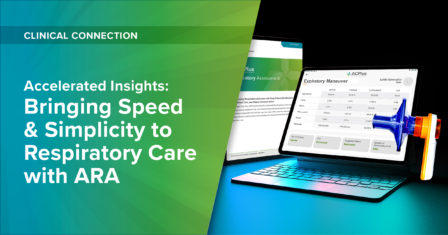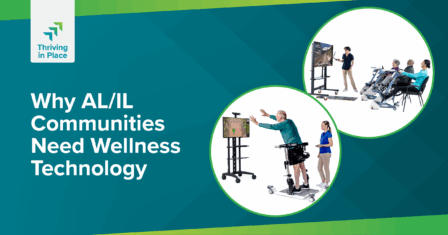Breathing Exercise Improves ADLs, Core Stability, and Pain
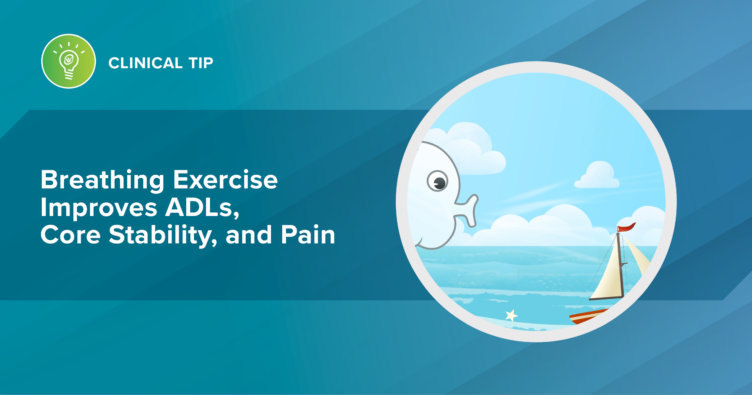
Breathing impacts everything we do from bed mobility, transfers and gait to ADLs and IADLs. Incorporating patient-specific breathing strategies into a comprehensive rehab program not only addresses breathing impairment due to cardiopulmonary compromise, but also positively impacts pain, balance, function, and ADL performance.
- A comprehensive pulmonary rehabilitation program can improve function and ADL performance in patients with COPD (Vaes et al., J Appl Physiol, 2019).
- An 8-week home-based inspiratory muscle training program performed 2x/day showed greater improvements in dynamic balance (measured by the min-BEST) than the control group. (Ferraro et al., 2019)
- Slow deep breathing with extended exhalation stimulates the vagus nerve, which activates the parasympathetic nervous system and lowers HR, RR, and BP. These attentive breathing techniques have also been shown to reduce pain. (Gerrisen & Band, 2018)
What We Know About Breathing (ACP, 2022)
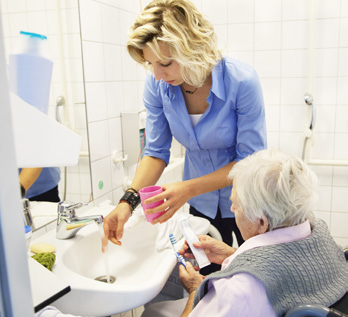

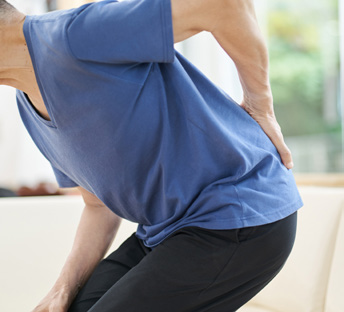
Preparing for ADL Training
Breathing exercise decreases dyspnea, which can improve activity tolerance and task performance
Core Stability
Breathing exercise for core stability can improve posture, balance, and pelvic floor function
Pain Management
Slow deep breathing decreases HR/BP/RR and facilitates relaxation, which can decrease stress, anxiety, and pain
OmniFlow® Breathing Therapy Biofeedback System incorporates inspiratory and expiratory breathing exercise to improve respiratory muscle performance and patient functional outcomes.

Deep inhalation
(Diamond Mine)
- Preparing for ADL Training
- Core Stability
- Pain Management
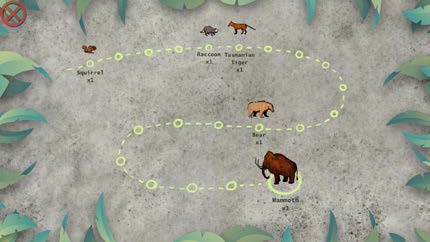
Forced expiration
(Prehistoric Contest)
- Preparing for ADL Training
- Core Stability

Controlled expiration
(Sail Away)
- Preparing for ADL Training
- Pain Management
- Core Stability

Rhythmical breathing
(Starry Road)
- Preparing for ADL Training
- Pain Management
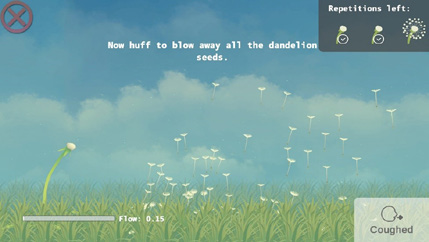
ACBT/Huffing technique
(The Dandelion)
- Preparing for ADL Training
References:
ACP. (2022). Did You Know About Breathing? TRN-0022
Ferraro, F. V., Gavin, J. P., Wainwright, T., & McConnell, A. (2019). The effects of 8 weeks of inspiratory muscle training on the balance of healthy older adults: a randomized, double-blind, placebo-controlled study. Physiological Reports, 7(9), e14076.
https://doi.org/10.14814/phy2.14076
Gerritsen, R. J. S., & Band, G. P. H. (2018). Breath of Life: The Respiratory Vagal Stimulation Model of Contemplative Activity. Frontiers in human neuroscience, 12, 397. https://doi.org/10.3389/fnhum.2018.00397
Vaes, A. W., Delbressine, J. M. L., Mesquita, R., Goertz, Y. M. J., Janssen, D. J. A., Nakken, N., Franssen, F. M. E., Vanfleteren, L. E. G. W., Wouters, E. F. M., & Spruit, M. A. (2019). Impact of pulmonary rehabilitation on activities of daily living in patients with
chronic obstructive pulmonary disease. Journal of applied physiology (Bethesda, Md. : 1985), 126(3), 607–615. https://doi.org/10.1152/japplphysiol.00790.2018
Authors:
Andreé Akst, PT, MPT, CEEAA, NASM-CES, Clinical Services Content Specialist
TOTM-00042
Latest Updates
Subscribe to stay up-to-date on our latest posts.

